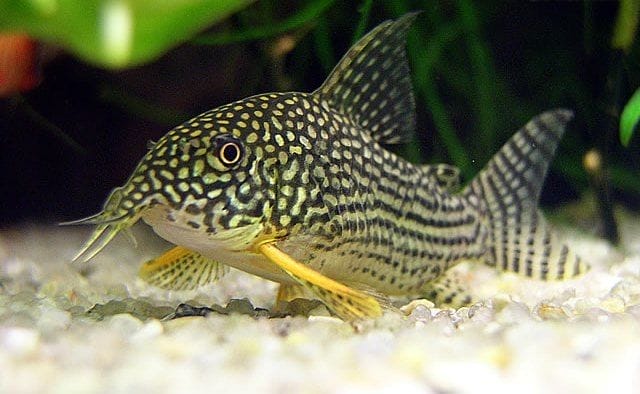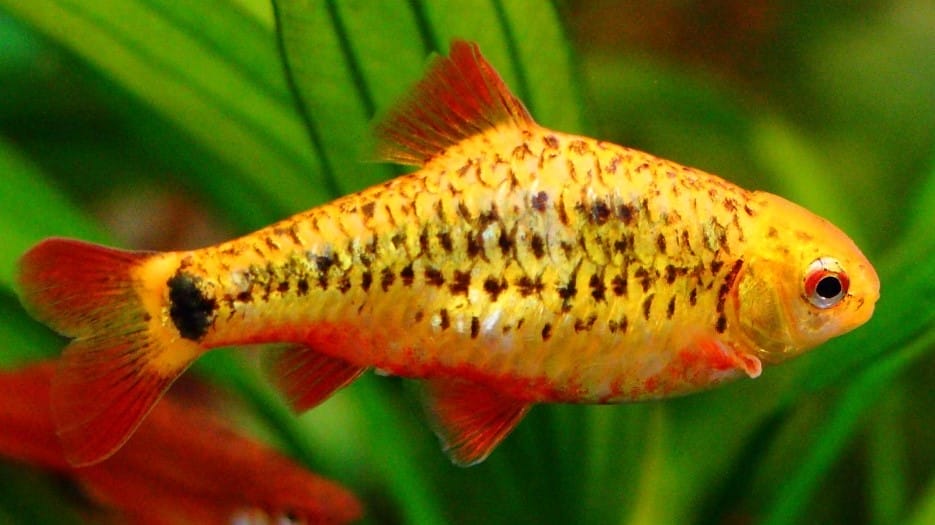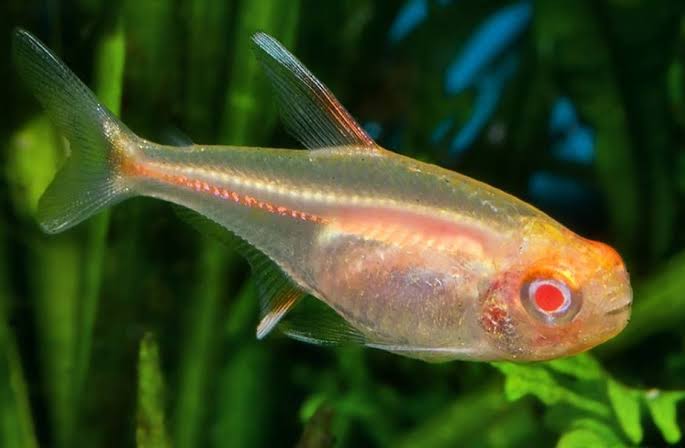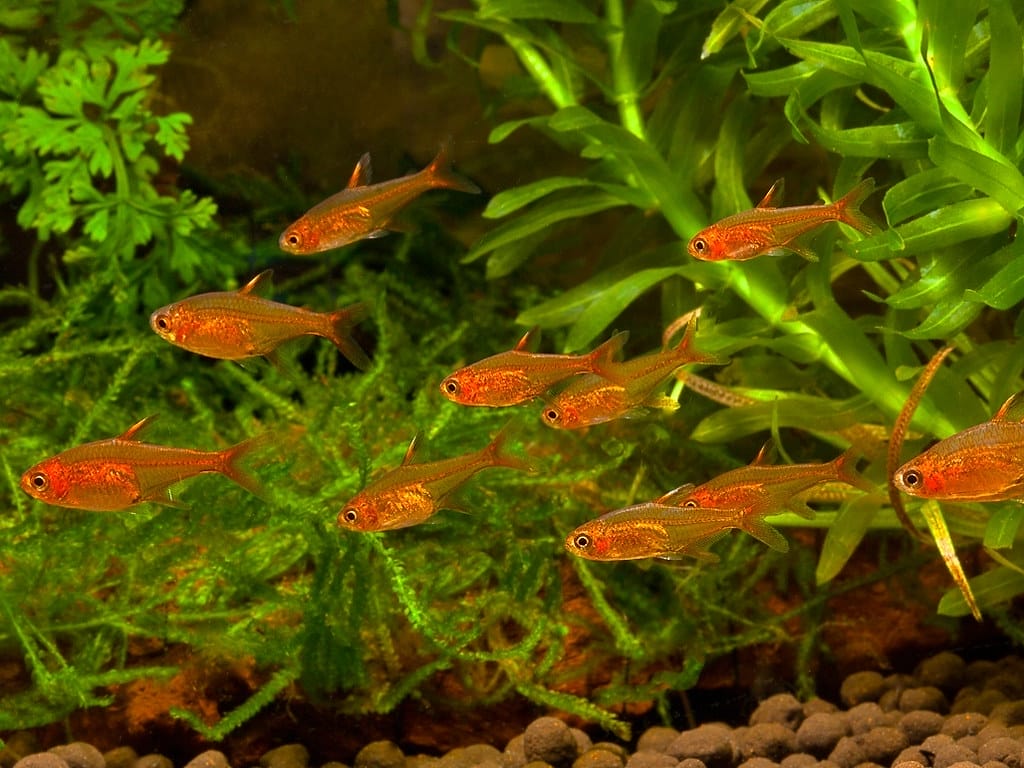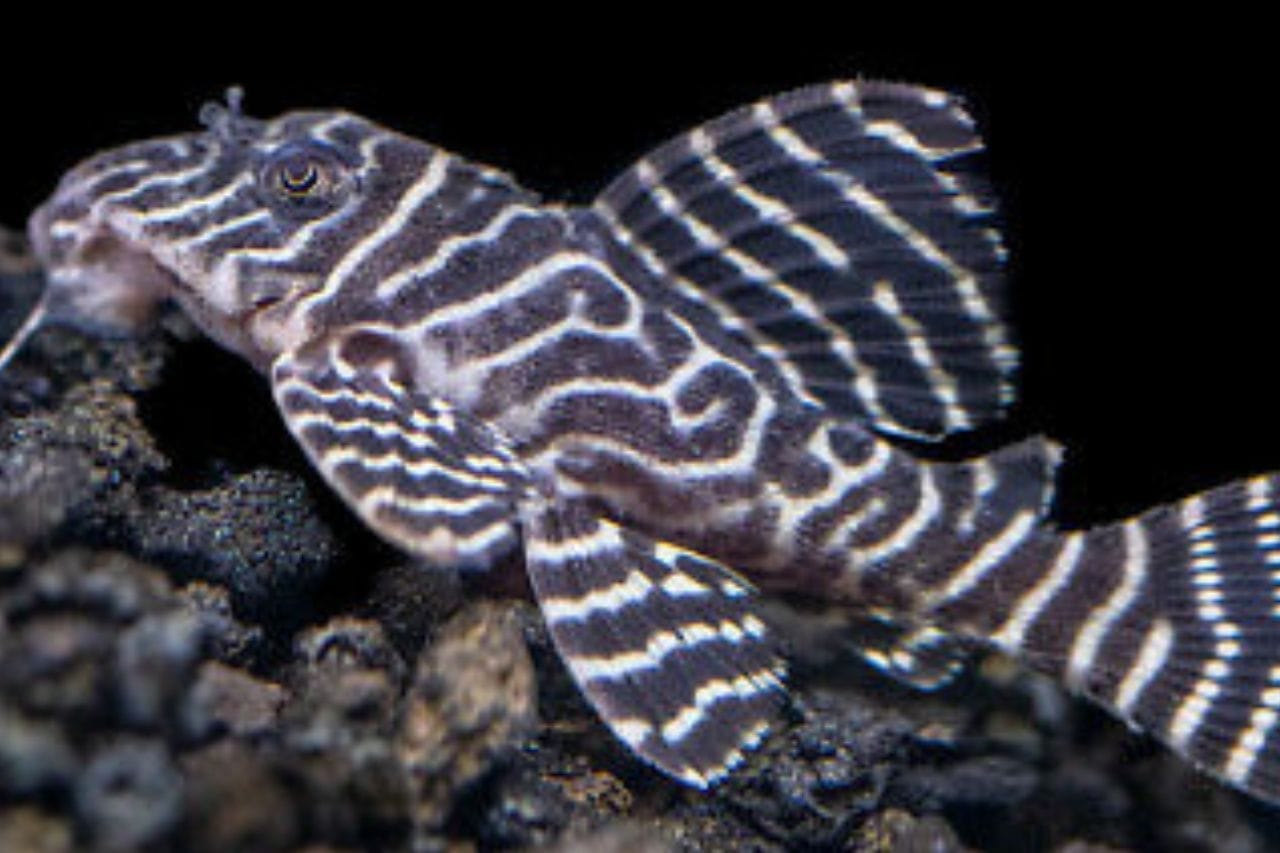
Beautiful Betta Fish Female Varieties
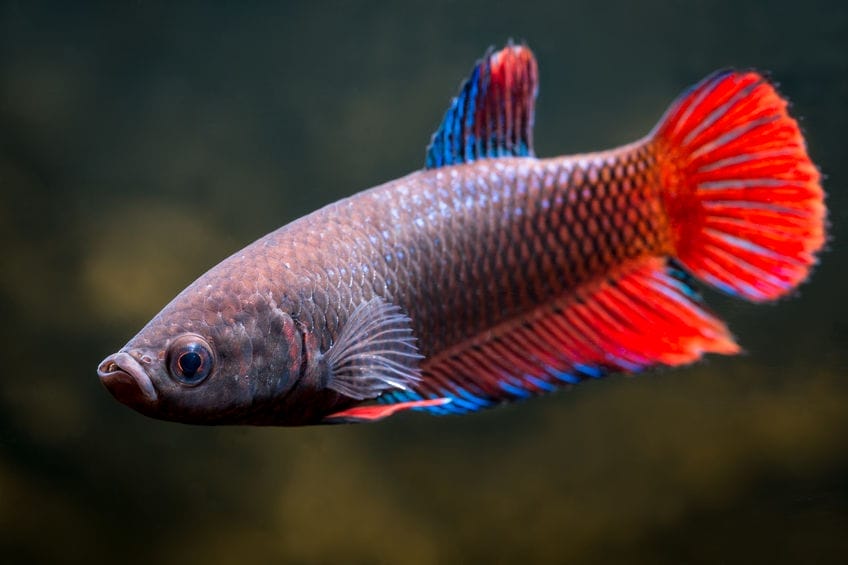
Welcome to the enchanting world of female betta fish! These vibrant and captivating creatures are a popular choice among tropical fish enthusiasts. While male betta fish are often celebrated for their vibrant colors and long fins, female betta fish are equally as stunning and come in a wide variety of shades and patterns.
In this blog, we will explore the fascinating characteristics of female betta fish, including their origins, habitat preferences, size, lifespan, appearance, and tips for their proper care. So, if you’re ready to dive into the world of beautiful betta fish females, let’s get started!

Understanding Betta Fish
For those interested in female betta fish, it is important to first understand the general characteristics of betta fish as a species. Betta fish, also known as Siamese fighting fish, are native to the tropical waters of Southeast Asia, primarily Thailand.
They are renowned for their aggressive behavior, with male betta fish being bred originally for their fighting abilities. In contrast, female betta fish were selectively bred for their striking appearance, leading to an impressive range of colors, fins, and patterns.
It is crucial to note that while female bettas are not as aggressive as males, they still have their own territorial tendencies and require proper care and attention to thrive in captivity. This includes providing them with a suitable tank environment and ensuring they receive a balanced diet.
Additionally, it is essential to avoid housing multiple females together unless in a spacious tank with adequate hiding spots and plants to allow each female betta to establish her own territory and reduce aggression.
Overall, understanding the basics of betta fish can help you provide better care for your female bettas and build a strong foundation for your journey into the world of keeping these fascinating creatures as pets.
Origin of Betta Fish
Betta fish have been an integral part of Southeast Asian culture for ages, with a rich history dating back centuries. These fish are native to Thailand’s swamps and were initially found in the shallow waters of rice paddies, ditches, and floodplains – their natural habitat.
Betta fish were selectively bred by Thai fish breeders for their aggressive behavior, vibrant colors, and long fins. The breeding efforts over time resulted in various betta fish varieties, including the beautiful female betta fish that we see today.
In recent years, betta fish have gained popularity as pets due to their unique characteristics and stunning appearance. Their bright colors and long fins make them a popular choice among aquarium enthusiasts.
Additionally, they require minimal care and can survive in small tanks or bowls. However, it is important to note that they do need proper water conditions and a balanced diet to thrive.
In Southeast Asia, betta fish are also used for various cultural purposes. In Thailand, they are often used in traditional fighting competitions where two male betta fish are pitted against each other until one submits or dies (illegal in most countries).
In Cambodia, they are believed to bring good luck to those who keep them as pets. Betta fish have also been featured in art and literature throughout Southeast Asia for centuries.
Overall, betta fish have a fascinating history and continue to be an important part of both Southeast Asian culture and the aquarium hobby worldwide.
Habitat Preferences of Betta Fish
In order to provide the best care for female betta fish, it’s important to replicate their natural habitat as closely as possible. Betta fish thrive in warm water conditions, with temperatures ranging from 76-82°F. This makes them well-suited for tropical fish tanks.
The swamps and warm waters of Southeast Asia serve as the perfect environment for betta fish, with the lush vegetation and humidity providing hiding places, surface area, and live plants for them to thrive.
When setting up the aquarium, it is recommended to incorporate live plants, driftwood, and hiding spaces to resemble their natural habitat, ensuring the well-being and happiness of the female fish.
Size and Lifespan of Female Betta Fish
In comparison to male betta fish, female bettas tend to be smaller, usually measuring around 2 inches in length. However, this size can vary depending on factors such as genetics, tank conditions, and the quality of care provided.
If given proper care and attention, female betta fish can live for up to 2-4 years, with some having been known to live even longer. It is important to note that the lifespan of betta fish in general, including females, can be influenced by several factors such as water quality, tank conditions, diet, and overall health maintenance. Therefore, it’s crucial to maintain optimal conditions for your betta fish to ensure their well-being and longevity.
Female Betta Fish Appearance
When it comes to the appearance of female betta fish, they are just as visually striking as their male counterparts. These beautiful fish come in a myriad of colors, ranging from vibrant blues and greens, to dazzling reds and purples.
Some female betta fish display vibrant, single colors, while others showcase stunning patterns, such as marbling, which adds an extra touch of uniqueness to their appearance.
Additionally, female betta fish are known for their long fins, though not as long or extravagant as male fish. One distinguishing feature of female betta fish is the presence of an egg spot, a small white spot located on their abdomen. This spot, also known as the ovipositor, distinguishes female betta fish from their male counterparts.
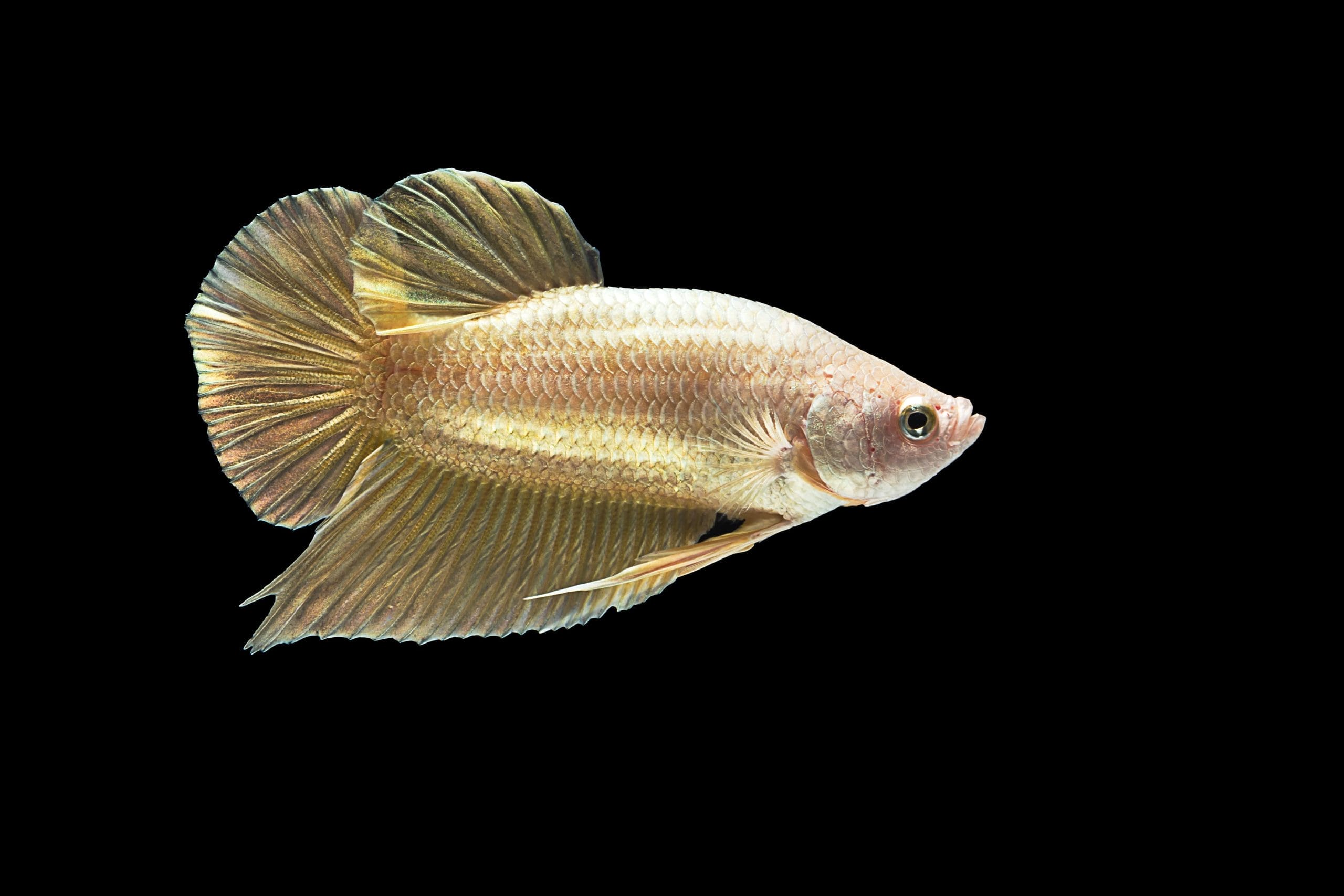
Proper Care for Female Betta Fish
Proper care is essential for the health and well-being of female betta fish. Providing them with the right tank setup, water quality, and nutrition is crucial. It’s important to consider their specific needs, tank size, and the compatibility of tank mates.
With careful planning and attention to detail, you can create a thriving environment for your single female betta fish. Let’s explore the ideal aquarium setup, compatible tank mates, maintenance tips, common health concerns, and the breeding process for female betta fish.
Ideal Aquarium Setup
Creating an ideal aquarium setup for female betta fish requires careful consideration of various factors. Here are some key elements to keep in mind:
- Tank size: Provide a tank that is at least 10 gallons or larger to allow the female betta fish ample space to establish their territories.
- Water temperature: Maintain a water temperature between 76-82°F, replicating their warm natural habitat.
- Live plants: Include live plants, such as Anubias or Java fern, which provide hiding places, aid in water filtration, and contribute to the overall aesthetics of the tank.
- Heater: Use a heater to maintain a consistent water temperature.
- Proper substrate, such as aquarium gravel, can be used, but avoid using sharp decorations or materials that may damage the fins of the female betta fish.
Compatible Tank Mates
Although female betta fish are typically less aggressive than males, it is still important to carefully select tank mates, especially in a community tank. Some suitable companions for a group of female bettas include harlequin rasboras and male guppies, the latter of which is particularly known for its vibrant colors.
It’s crucial to introduce new tank mates gradually and monitor their behavior closely to ensure compatibility. Creating a harmonious community tank requires careful consideration of the species involved, their temperaments, and the tank’s size and conditions.
Maintenance of a Healthy Betta Sorority
Maintaining a betta sorority tank requires regular maintenance and careful observation of the female betta fish. Here are some key aspects of maintaining a healthy betta sorority:
- Regular tank maintenance: Perform routine water quality testing, regular water changes, and maintenance of the tank filtration system to ensure optimal water conditions for the female betta fish.
- Observing behavior: Monitor the interactions and behavior of the female betta fish to detect any signs of aggression or stress. Provide sufficient hiding spots to establish territories within the sorority tank.
- Balanced diet: Feed the female betta fish a varied diet of high-quality betta pellets or flakes, supplemented with occasional live or frozen foods, such as bloodworms or brine shrimp, to ensure they receive the necessary nutrients for optimal health.
Common Health Concerns in Female Betta Fish
Like any aquarium fish, female betta fish are susceptible to certain health issues. It’s important to be aware of the common health concerns and take the necessary steps to prevent and treat them. Here are some common health concerns in female betta fish:
- Fin rot: This bacterial infection can cause the fins of the female betta fish to deteriorate. Maintain proper water quality, provide regular tank maintenance, and consult a veterinarian if necessary.
- Ich and velvet: These parasitic infections can affect the skin and fins of the female betta fish. Quarantine any infected fish, treat the tank with appropriate medications, and follow the guidance of a veterinarian.
- If you notice any signs of illness, such as changes in behavior, loss of appetite, or physical abnormalities, consult a veterinarian with experience in fish health.
Breeding Female Betta Fish
Breeding female betta fish is a fascinating process that requires careful planning, the right setup, and knowledge of breeding behavior. Here are some key points to consider when breeding female betta fish:
- Separate tanks: Prepare a separate tank for the male and female betta fish to breed. This will help minimize aggressive behavior and provide a controlled breeding environment.
- Introducing the female betta fish: Introduce the female betta fish to the male betta fish carefully, observing their behavior to ensure they are compatible and ready to mate.
- Bubble nest: Male betta fish build bubble nests on the surface of the water, where the female betta fish will deposit the eggs. This is an important step in the breeding process.
- Caring for the fry: After the mating process, the male betta fish will tend to the bubble nest and the fry. Consider the separate tank conditions, water quality, and provide appropriate fry food for their development.
Breeding Process of Betta Fish
The breeding process of betta fish is an intricate dance, with the male and female betta fish engaging in specific behaviors. Here is a general overview of the breeding process:
- Male betta behavior: The male betta fish builds a bubble nest on the surface of the water using saliva. This bubble nest serves as a safe haven for the fertilized eggs.
- Egg spot on the female: The female betta fish has an egg spot, located on her abdomen, which mimics the appearance of eggs, signaling to the male betta fish that she is ready to mate.
- Mating behavior: During the mating process, the male betta fish will wrap his body around the female betta fish, triggering the release of the eggs.
- Fry development: After mating, the female betta fish leaves the nest, and the male betta fish takes on the responsibility of caring for the bubble nest, protecting the eggs, and the fry they eventually hatch into.
Water Parameters
Maintaining optimal water parameters is crucial for the health and well-being of female betta fish, particularly when it comes to water quality and temperature. Here are some key factors to consider:
- Water quality: Test the water regularly for parameters such as ammonia, nitrite, and nitrate levels, ensuring they remain within the appropriate range for betta fish.
- Water temperature: Maintain the water temperature between 76-82°F, providing the female betta fish with a warm and comfortable environment.
- Tank conditions: Keep the tank clean, perform regular water changes, and ensure proper filtration and aeration to maintain healthy conditions for the female betta fish.
Filtration and Aeration
Proper filtration and aeration are essential components of maintaining a healthy aquarium for female betta fish. Here are some key points to consider regarding filtration and aeration:
- Filtration: Use an appropriate aquarium filter to remove waste, toxins, and pollutants from the water, ensuring optimal water quality for the female betta fish. Regularly clean the filter and monitor its performance to maintain efficient filtration.
- Aeration: Provide adequate oxygen levels in the tank through the use of aquarium decorations, such as air stones, or by adjusting the flow of the water from the filter. Proper aeration helps to ensure the well-being and health of the female betta fish.
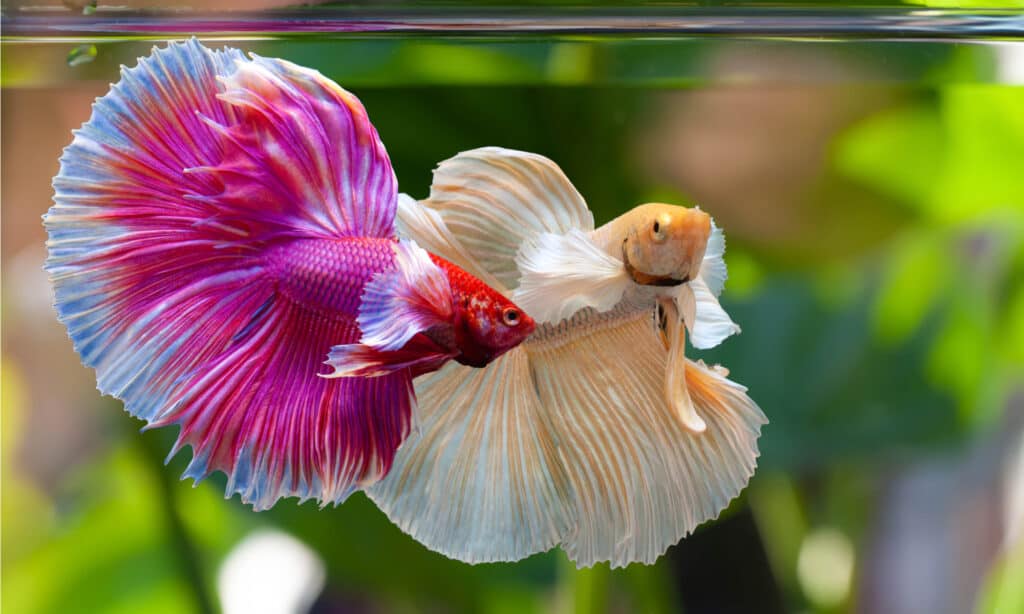
Conclusion
In conclusion, female betta fish are not only beautiful but also fascinating creatures. They come in a variety of colors and patterns, adding vibrancy to any aquarium. Understanding their origin, habitat preferences, and appearance is crucial to providing them with the proper care they need. Furthermore, female betta fish are known for their fierce demeanor and territorial behavior, making them a unique addition to any aquarium. Their graceful movements and distinctive fin patterns can captivate any observer, especially when paired with stunning polypterus ornatus. With the right knowledge and care, female betta fish can thrive in a well-maintained tank and bring joy to their owners for years to come.
Creating an ideal aquarium setup, choosing compatible tank mates, and maintaining a healthy betta sorority are essential for their well-being. Being aware of common health concerns and knowing how to breed them correctly are also important aspects of caring for female betta fish.
By maintaining the right water parameters, ensuring proper filtration and aeration, and providing a nurturing environment, you can enjoy the beauty and companionship of these remarkable fish.

